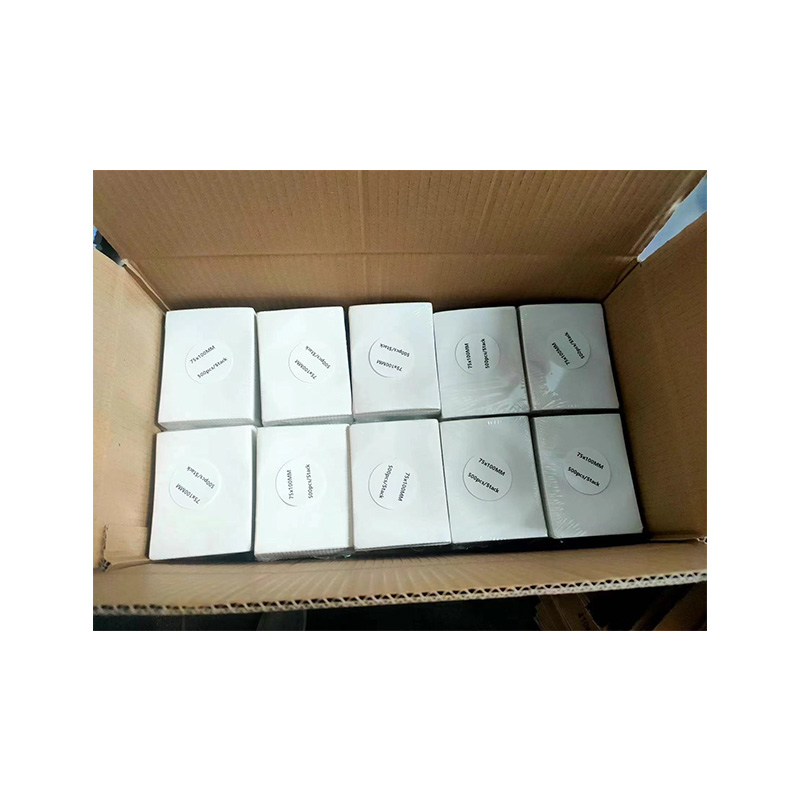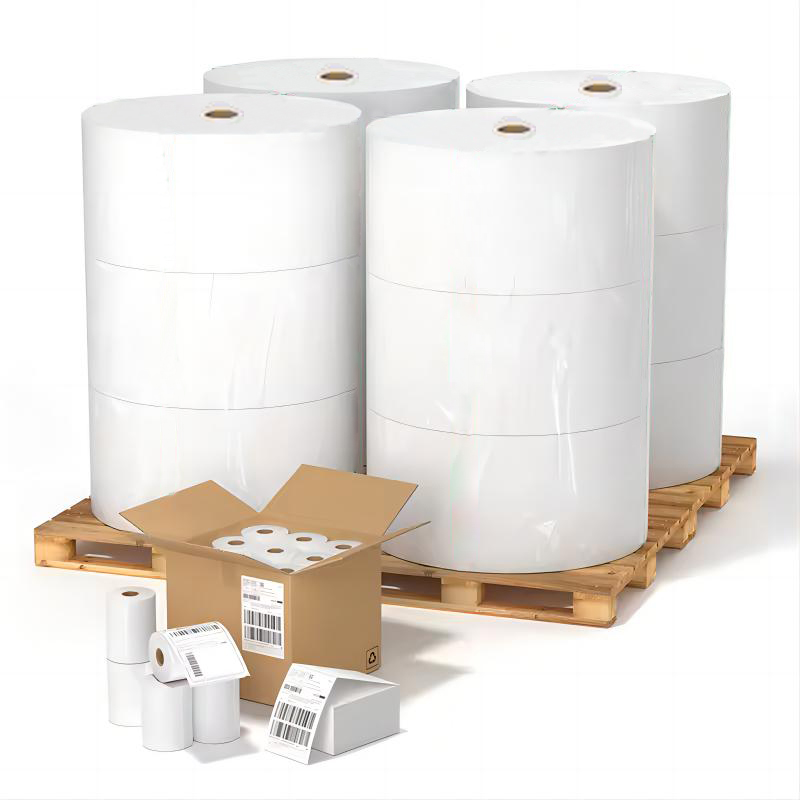How Die-Cutting Labels Work
November 08, 2024
Die-cutting is a way to create custom shapes for labels. This system involves cutting substances into unique shapes, making them perfect for packaging, branding, and decoration. But how do die-cutting labels work? This article explores the custom label cutting method , its uses, and its advantages for many industries.
What Is Die-Cutting?
Die-cutting is a technique for cutting substances into particular shapes and sizes. It uses a device with a die, which is like a sharp metal blade formed into the desired shape. This die presses into the fabric, cutting it into the custom shape. Die-slicing can be used on substances like paper, cardboard, cloth, and even skinny plastics.
Die-cut label printing is prevalent for labels because it allows brands to create particular and desirable designs. From simple circles to complex shapes, die-cutting can help brands make stand-out labels.

How Die-Cutting Labels Are Made
Designing the Shape
The technique starts by developing a design. A dressmaker or consumer will choose the label's shape, length, and appearance. These may be simple squares, circles, or custom shapes that suit a logo or product theme. Once the design is prepared, it's sent to the die-slicing team.
Making the Die
A die is a tool fabricated from sharp steel, often formed like a stamp or cookie cutter. It fits the label's layout and could reduce the label's form. The die is hooked up to a label-cutting machine. The gadget applies strain to the die , which then cuts the material.
Cutting the Labels
The fabric, regularly a roll of label stock, is fed into the precision label die-cutting gadget. As it passes through the system, the die presses down on the cloth and cuts it into the preferred form. The cut labels are attached to a backing layer, making them easy to peel off and follow.
Quality Check
After slicing, labels undergo a satisfactory test. This step guarantees that each label is reduced cleanly and suits the layout. If any labels have errors or rough edges, they may be eliminated. This satisfactory control step ensures that every label appears expert and fits perfectly on the product.
Types of Die-Cutting for Labels
Flatbed Die-Cutting
Flatbed die-cutting is a slower method in which the die instantly presses down on the material. This type is high-quality for thicker substances or unique cuts. It's ideal for super labels with complex shapes.
Rotary Die-Cutting
In rotary die-cutting, the die rolls over the material as it moves via the device. This technique is faster and works nicely for large quantities. In high-speed manufacturing, rotary custom-shaped labels are frequently used for standard shapes, like circles or rectangles.
Laser Die-Cutting
Laser die-cutting doesn't use a bodily die. Instead, it uses a laser to reduce the form. This allows for very distinctive designs and might cope with many particular substances. It's also quicker to install, given that no custom die is wanted .
Uses of Die-Cutting in Different Industries
Food and Beverage
Many meal and beverage manufacturers use die-cut labels to make their products look fresh and attractive. These labels, which are applied to jars, bottles, and cans, allow brands to stand out in busy supermarkets.
Cosmetics
In the splendor industry, unique shapes make beauty packaging more appealing. Die-cut sticker production permits manufacturers to create labels that fit around small bottles, tubes, or lipsticks, making the products appear steeply-priced.
Retail and E-trade
Die-cut labels are famous in retail because they help make packages' appearance unique. From transport packing containers to product packaging, these custom labels provide clients with a memorable unboxing experience.
The Best Die-Cutting Label
The best die-cutting label option is the lining-less self-adhesive thermal sticker label. These labels are popular because they don't have a backing, which reduces waste and makes software clean. Liner-less labels are splendid for companies trying to decrease their environmental effect. They also paint with thermal printers, so you don't need ink or toner to print on them. This label is influential, sticks appropriately, and is very long-lasting. Liner-less self-adhesive labels are frequently used within the food, retail, and packaging industries due to their convenience and fee effectiveness. Choosing those labels gives you a reliable product that saves time and assets.

Where Can I Buy Die-Cutting Labels?
If you want to shop for great die-cutting labels, test Liqunzhuoyue. They are one of the satisfactory suppliers for die-slicing labels, recognized for his or her perfect, excellent, and specific cuts. Liqunzhuoyue presents several label options that may be customized to suit you, from styles and sizes to the materials used. Many corporations agree with them because they supply long-lasting labels that look professional and stick well. Their labels paint well for exclusive products, whether for bottles, bins, or other packaging wishes . So, if you want dependable die-cut labels that look sharp and long, Liqunzhuoyue is a pinnacle preference.
FAQs
What is the principle gain of die-slicing for labels?
The primary benefit is that it allows manufacturers to create custom shapes, making products stand out. Die-cutting additionally guarantees that every label is cut precisely for an expert appearance.
Are there exceptional forms of die-slicing?
Yes, there are 3 primary kinds: flatbed die-cutting, rotary label design and die-cutting , and laser die-slicing. Each type is ideal for exclusive shapes, materials, and manufacturing speeds.
Can die-reduce labels be used on all materials?
Die-slicing works well on materials like paper, cardboard, and thin plastics. It may work better on very thick or problematic substances.
Final Thoughts
Die-slicing is valuable for growing custom labels that look specific and professional. With alternatives like flatbed, rotary, and laser die-slicing, manufacturers can locate the proper method to create labels that suit their needs. Whether in food, cosmetics, or retail , die-cutting allows products to be observed. This simple but effective technique is critical to branding and packaging. If you need pop labels, die-cutting is the correct preference!
